The Life, Death, and Rebirth of New York City’s Most Resilient Dive Bar
Credit to Author: Drew Schwartz| Date: Tue, 18 Feb 2020 13:32:54 +0000
In New York City’s East Village, sandwiched between a liquor store and a laundromat on the corner of First Avenue and St. Marks, sits a dark, unassuming little bar called The Hard Swallow. Walking by, you might not even notice it’s there; hundreds of people pass it every day without giving it so much as a glance. It’s one small dive bar in a city of thousands—but The Hard Swallow has a history all its own. Soaked into its floorboards, buried behind its walls, is a story of triumph in the face of insurmountable odds; of heartbreak, and determination, and redemption; of remarkable purity, and life-affirming community, in a place where you’d least expect it. It’s all just sitting there, waiting to be discovered by anyone curious enough to pause before the Swallow's heavy steel door, swing it open, and walk inside.
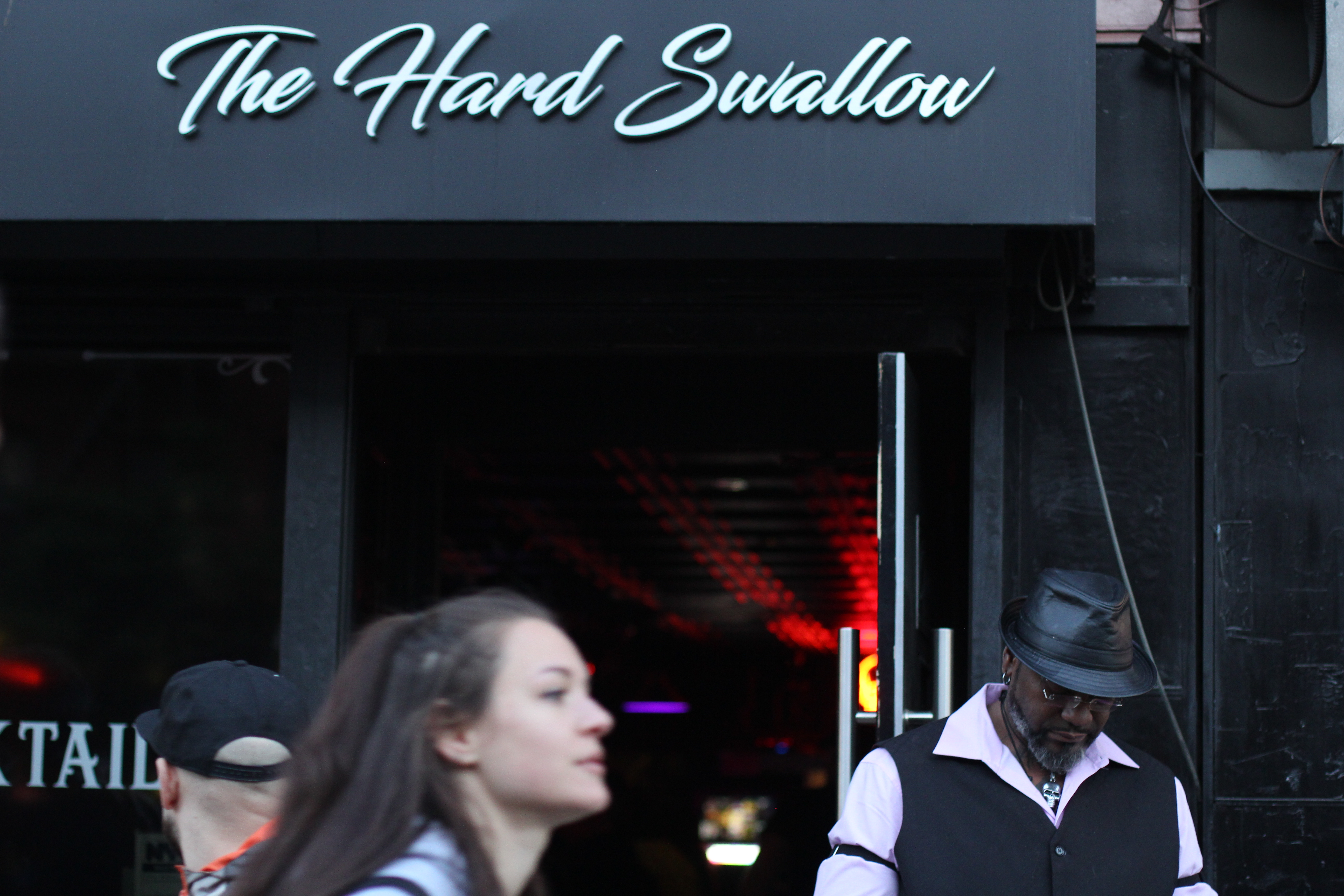
Sasha Lloyd, the bar’s co-owner, is a third-generation resident of the Lower East Side. Her grandparents moved to the neighborhood in 1967, and raised her mother in their apartment on Norfolk and Rivington. Sasha’s mother raised her down the block, in a rent-controlled tenement on Rivington and Eldridge. She has scraped her knees on the neighborhood’s sidewalks, shopped in its bodegas, sat on its stoops, partied on its rooftops, and drank in its bars all her life, never knowing another home.
Sasha’s mother Maria, who had her at 16, was, Sasha recalls, a sex worker who brought men home while Sasha was around, a heavy drinker, and a drug addict. By the time Sasha was seven years old, she knew the sweet, acrid smell of Maria’s breath came from the rum she drank like water. She knew the white powder Maria kept in their sugar bowl was cocaine. She didn’t understand why burnt spoons would occasionally surface in their apartment—where they came from, what they were for—but she would learn that later.
Maria hit her daughter often, and hit her hard. Broke her nose. Busted her lips. Blackened her eyes. One night when Sasha was seven, her mother slammed her head into a concrete wall, tossed her down eight flights of stairs, and kicked her over and over again once she hit the lobby. A neighbor heard Sasha screaming and had to pull Maria off of her.
Maria would disappear from their apartment, sometimes for days, to drink, snort coke, and work the street. Sasha was left alone to take care of her brother and sister. She bought food at a bodega down the block on credit, accruing a debt the clerk, who knew about her home life, never asked her to pay. If Sasha didn’t see Maria for a few days, she began to worry her mother might never come back. When she got desperate, she would prop open a window that looked down onto Eldridge Street and call Maria’s name out to the neighborhood, praying she would hear her and come home.
Eventually Maria would show up, her brain fried, her body ravaged, her eyes hot with rage. Sasha would hide her siblings in a closet so she could take her mother’s beatings alone.
She could only come to school covered in cuts and bruises so many times before her counselors had to intervene. When she was eight years old, Child Protective Services took Sasha and her siblings away from Maria and sent them to live with their grandparents.
Despite the beatings and the booze and all the rest, Sasha loved her mother; and in her own way, Maria loved Sasha, too. This was a woman who sold her body to feed and clothe her children. When she was in a good mood, she spoiled Sasha, treating her to the kind of needless gifts her own parents had never been able to afford. She paraded Sasha around the neighborhood, showing her daughter off to everyone she passed. She carved hearts into the peanut butter on the sandwiches she made for Sasha’s school lunch. Those small, simple expressions of affection told Sasha that her mother loved her, and it was losing them that left Sasha devastated when CPS sent her away.
Maria all but disappeared from Sasha’s life, rarely seeing her outside of holidays and birthdays. Then she vanished. When Sasha was 13, her mother was arrested on a drug charge and sent to Rikers Island.
Not long after Maria went to prison, Sasha got into a bad fight with her grandparents and moved out of their apartment. She bounced in and out of a group home until, ultimately, she wound up homeless on the streets of the Lower East Side and the East Village. She was angry—at herself, at her family, at the life she’d been handed—and she found an outlet for that anger in the punk and hardcore scene, which was thriving in Lower Manhattan in the early 1990s. She spent her teenage years thrashing to punk bands at ABC No Rio, sneaking into dive bars, sitting on the steps outside Trash and Vaudeville, and partying in abandoned buildings in Alphabet City. She slept on park benches and rooftops, couches if she was lucky.
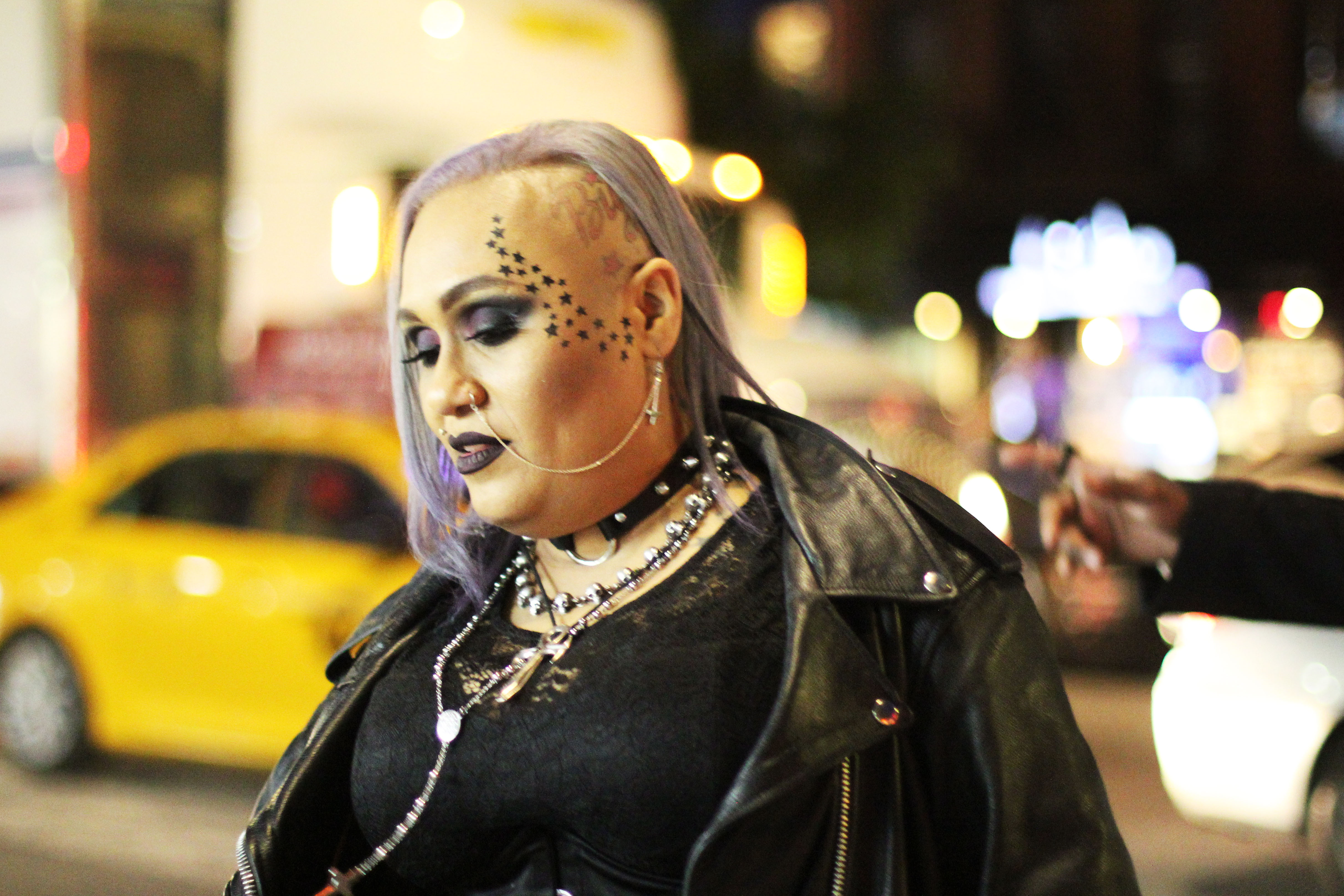
When she was 18 years old, Sasha found herself unexpectedly pregnant. Her on-again, off-again boyfriend wasn’t ready to start a family—but to Sasha, who had grown up Christian, abortion wasn’t an option. At 19, she gave birth to a son, Nicholas.
Maria had decamped to Long Island after a stint in rehab, and Sasha moved into her old apartment. She began to spiral. She was pulling clothes from the same closet where she had hidden her siblings from Maria as a child, cooking in the kitchen where Maria had beaten her senseless more nights than she could count. Bills she couldn’t pay piled up around her. Her grandmother refused to babysit, and there was no one else to take care of Nicholas. Even if she could find a job, she wouldn’t have time to work it.
She desperately wanted to escape the Lower East Side, where every day she came across a million little triggers that forced her to relive her most painful memories. She wanted to move somewhere else, anywhere else, and make something of her life. But how could she? At 19, she was back in her mother’s apartment, broke and alone, shackled to a city she didn’t want to live in, saddled with a baby she wasn’t ready to raise.
When she was 20 years old, Sasha tried to kill herself. She locked herself inside her bathroom with a bottle of Lancers and her mother’s HIV medication, chasing the pills with cheap white wine until they were gone, and the bottle was empty. The room got darker and darker. Then it went black.
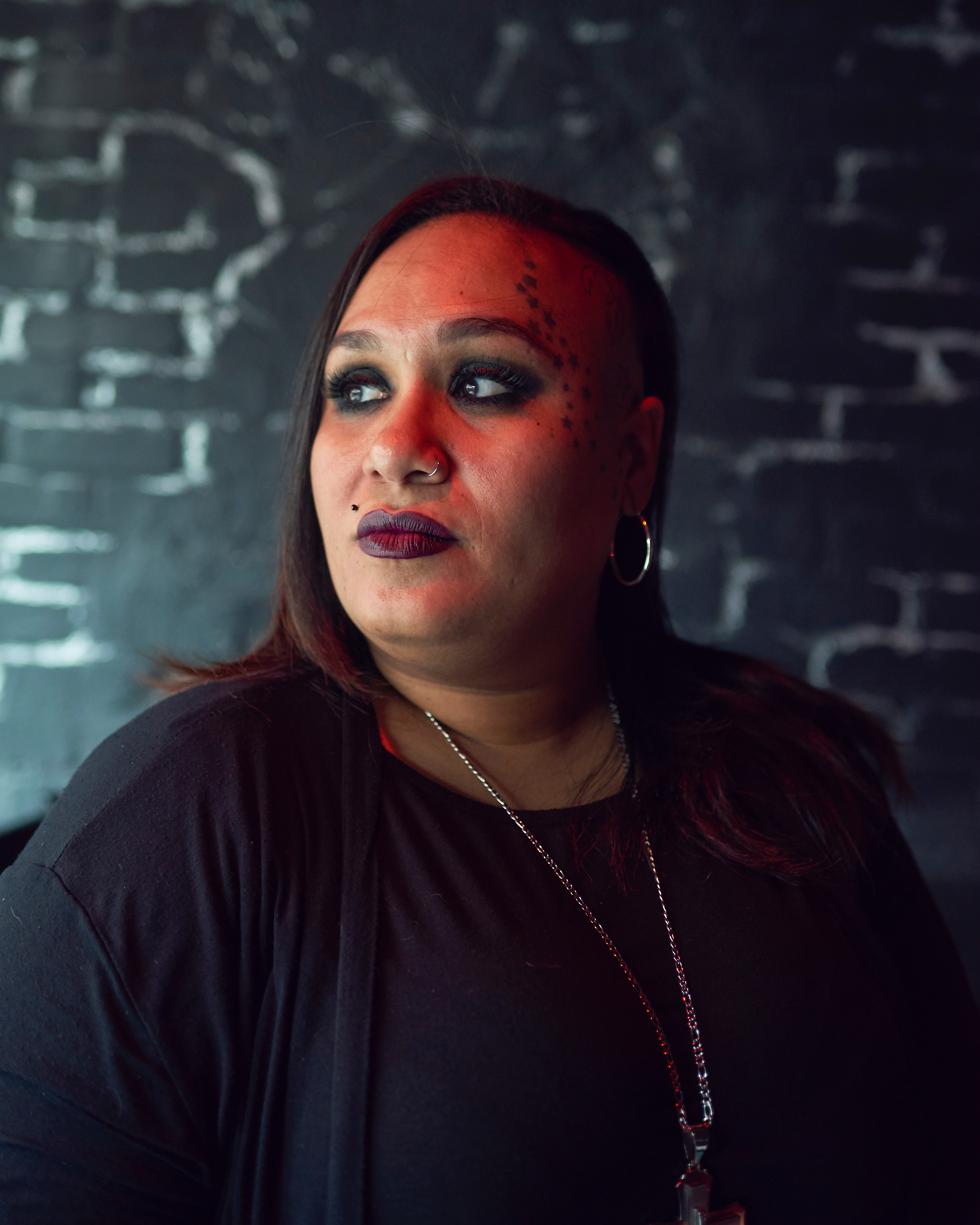
She woke up in an ambulance. Tamara, a close friend who was at Sasha's apartment when she tried to take her life, had found her passed out in her bathtub and called 911. Sasha had her stomach pumped at Bellevue Hospital.
When she finally got out of the hospital, she came home to find nine-month-old Nicholas crawling along her living room floor. Tamara, who had watched him while Sasha was away, sat behind him.
“Hey, baby,” Sasha said.
Nicholas lifted his head and locked eyes with her. The look he gave her made Sasha shudder. It was the same look in her own eyes every time her mother came home from a days-long bender out for blood. Fear. Paralyzing, all-consuming fear.
Nicholas lowered his eyes and crawled away, and Sasha burst into tears.
In that instant, Sasha had a revelation. She was raising Nicholas the same way Maria had raised her—terrifying him, abandoning him—and if she kept on doing it, she couldn’t live with herself. She would wind up back in that bathtub, and Nicholas would go through life without a mother.
Sasha refused to let that happen. She resolved to be the kind of mother she had always wanted Maria to be—a mother who loved Nicholas the way she wished she had been loved, who gave him the kind of childhood she had always wanted. At 20 years old, she didn’t know if she was even capable. But she swore to herself that she would try.
Sasha buried herself in Nicholas: read to him, sang him nursery rhymes, took him to bed with her each night and let him sleep in her arms. If she was going to provide for him, she would need a job. She went to cosmetology school and started cutting hair at a salon. She picked up shifts bartending at a dancehall club on Staten Island every Thursday, taking two buses and a ferry to get there. When Nicholas was old enough for kindergarten, she enrolled him in Catholic school and found work there as a lunch lady, juggling all three jobs simultaneously.
One February afternoon in 2006, when Sasha was 24, she took a cab to Wild Spirits, a metal bar in the Upper East Side, to interview for a bartending gig. Waiting for her inside was the owner, Leroy Lloyd, who introduced himself as "Big Lee." He was a 6'3" mountain of a man in black jeans and a tattered black t-shirt, with silver snake bites in his bottom lip and a ring in each eyebrow. Sasha went giddy at the sight of him. Most people were terrified of Big Lee. To her, a better looking creature had never walked the Earth.
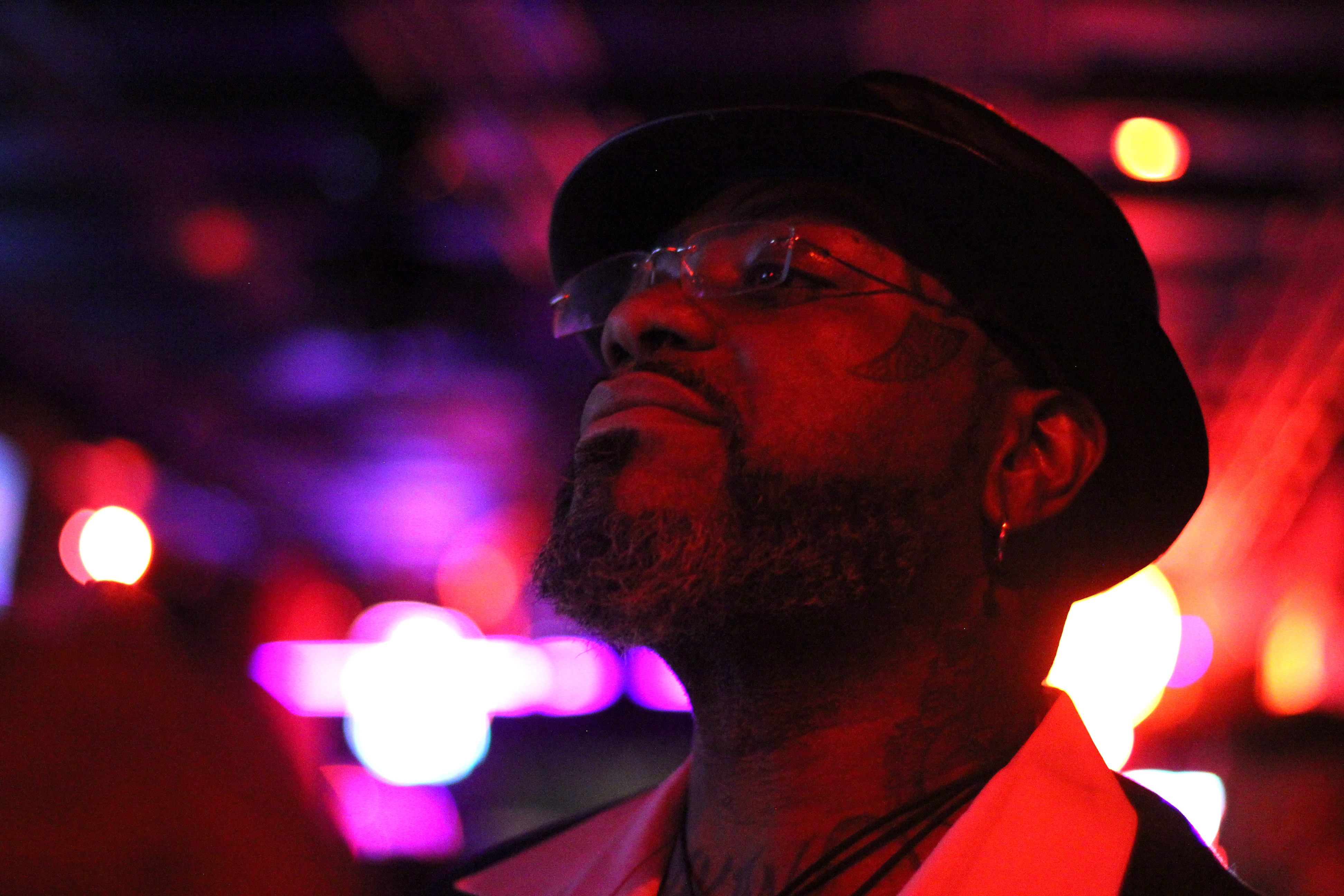
What was supposed to be a 20-minute interview lasted two hours. Sasha and Lee traded horror stories about their most outrageous shifts behind the bar, outdoing each other with tales of mopping up vomit and breaking up fights. They quizzed each other on their favorite bands and TV shows, talking endlessly about punk and metal and The Twilight Zone. Sasha hung onto every word Lee said, in that deep, gravelly voice she had fallen for the minute she first heard him speak. They made fun of each other like old friends; they laughed until it hurt. By the end of the night, Sasha felt like she’d known Big Lee for years, not hours.
Lee hired her the next day. By the end of her first week, they were inseparable.
Sasha quit her other jobs to bartend full-time at Wild Spirits, and she and Lee started dating. He taught her everything there is to know about running a bar: How to keep the books; how to turn new customers into regulars; how to drop some unruly patron to the floor and drag them out the door, if she needed to. Every day they grew closer. Lee told Sasha that, like her, he’d come up rough. At five years old, he said, he found his father slumped on the toilet in their bathroom, dead from a heroin overdose. He’d spent years protecting drug dealers and pimps in Coney Island, before working security at bars across the city gave him a chance at a better life. Sasha understood, she told him. Her past wasn’t any prettier.
In November of 2006, when Sasha was 25 years old, she found out she was pregnant with Big Lee’s baby. This time she was ready.
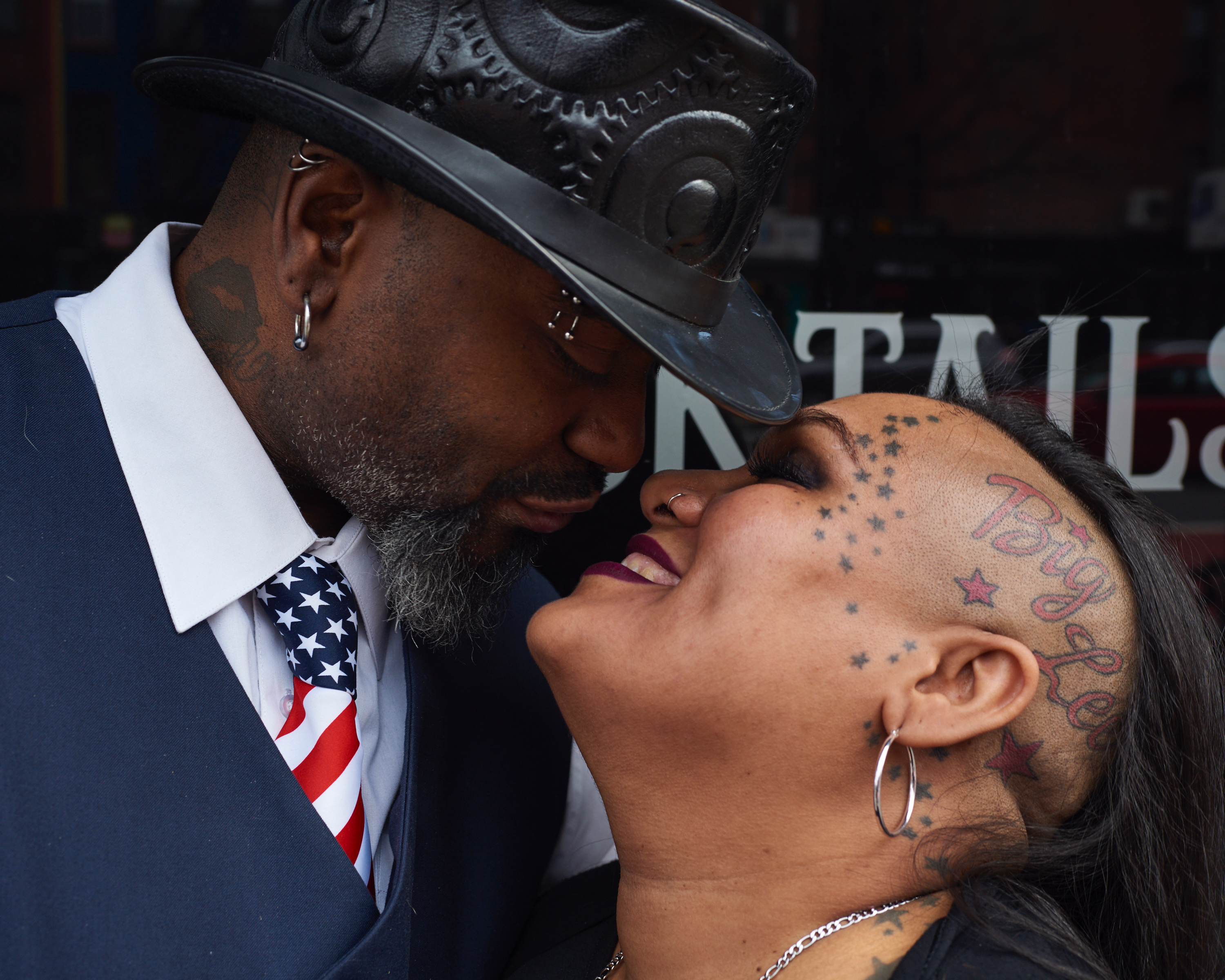
Sasha had always thought that she needed to escape New York City to be happy—that there was some other, better life out there waiting for her, and until she struck out and seized it, she would always be depressed, always be alone, always be a failure. But when she had her second son, Jacob, and Big Lee moved in with her, that bone-deep urge to leave New York began to fade. Family didn’t mean a mother who beat her and two terrified siblings she had to protect anymore. Lee, Nicholas, and Jacob were her family now. She might be living in her mother’s apartment, but she hadn’t become her. She never hit her children, never disappeared on them. Instead, she cherished them.
She still hadn’t found a way to walk through the East Village and the Lower East Side without being haunted by the memory of some beating she’d taken, or some night she’d spent sleeping on the street. To Sasha, the neighborhood was the site of a lifetime of trauma, and not much more. But that was about to change.
In February of 2015, Tom McNeil, who owned a handful of dives around the city—including Doc Holliday’s, Hogs & Heifers, and The Village Idiot—approached Big Lee with a proposition. A bar of his on the corner of First Avenue and St. Marks was failing, and he wanted Lee to take it off his hands. Wild Spirits had closed, and Lee was running security at Hogs & Heifers, a notorious honky tonk where he spent his shifts 86ing people who’d had too much to drink. Over the years, he’d been punched, kicked, stabbed, and—on one particularly rowdy night—forced to throw an off-duty cop through the bar’s plate-glass window. He was ready for a change.
He decided to buy the bar from Tom, and he made Sasha his business partner. They did what they could with the little money they had to make the bar their own. They painted the walls black, cleaned up the bathrooms, and custom-ordered red neon signs that spelled "BIG LEE'S" and "CHEAP BEER AND BOOZE." It wasn’t much to look at, but it wasn’t supposed to be. They wanted to run an old-school dive, a humble little spot that played hard rock and heavy metal, where you could show up for a beer and a shot and a little company. At a time when the number of authentic dives in the neighborhood was growing slimmer by the month, each one eaten up by yet another Starbucks or some clubby bar that catered to NYU kids, they wanted to open a place that felt like the old East Village: a bastion of low-down, timeless degeneracy.
They decided to call it The Hard Swallow. It was a description of what you were supposed to do there, a sexual innuendo, and—more than anything—a nod to what life had felt like to Sasha and Big Lee for so many years. A hard, hard thing to swallow.
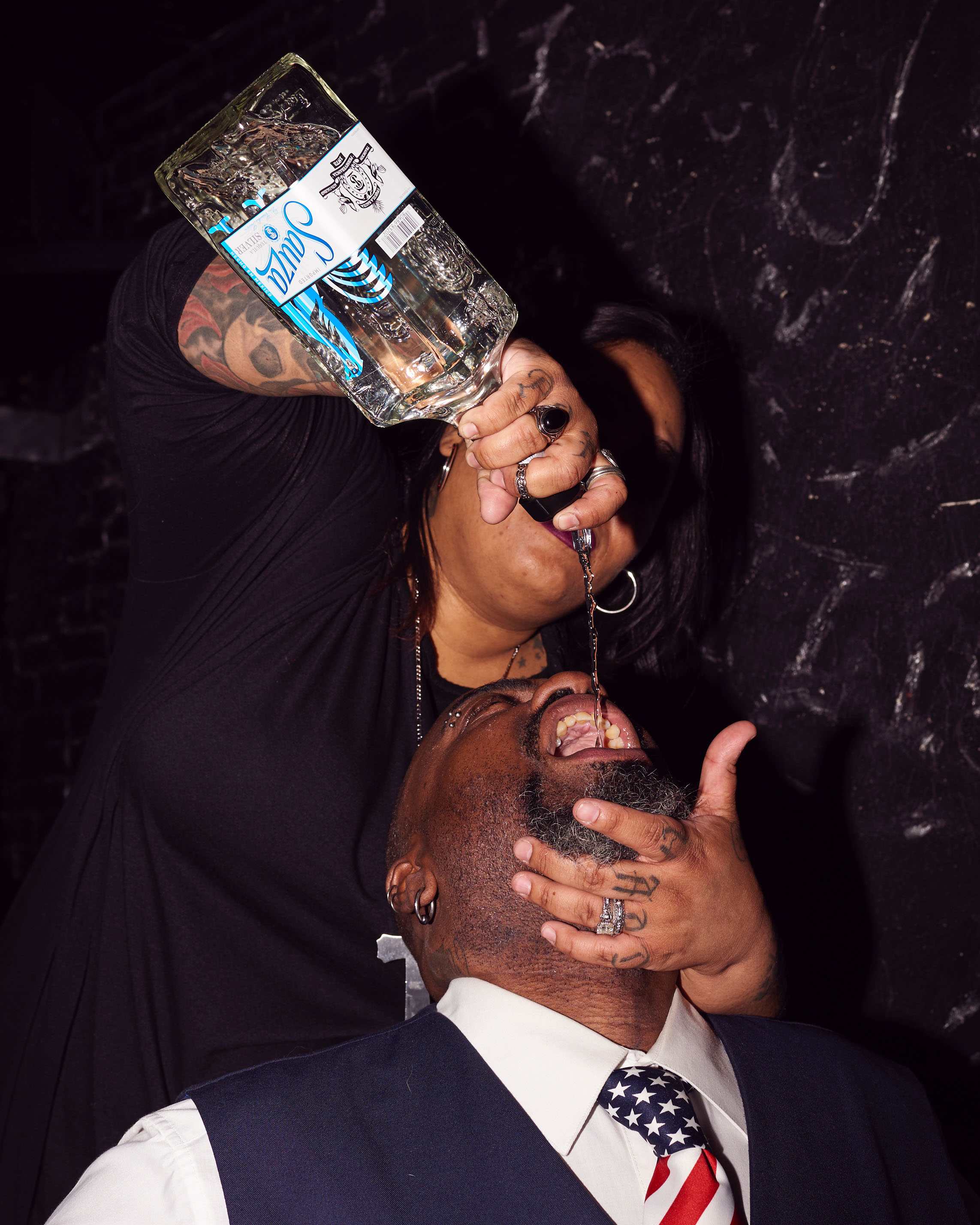
When they opened, old regulars from Wild Spirits claimed new barstools at the Swallow, and East Village characters hard-pressed to find a good dive in the neighborhood made it their go-to haunt. Father Vincent, a major figure in New York’s vampire scene—with the fangs, long gray hair, and flowing black cloak to prove it—helped turn the Swallow into a watering hole for the subculture. Goths and punks who knew Sasha when she was a teenager were thrilled to find out she had her own bar, and they treated the place like their living room. Big Lee told the bikers, cops, and firefighters who used to hang out at Hogs & Heifers he had opened a new spot, and they followed him to the Swallow. Go-go dancers from Coyote Ugly, which was right across the street, came over after work to drink and decompress. Construction workers getting off punishingly late shifts showed up when it opened at 8:30 a.m. Locals who knew Sasha and Lee from the neighborhood came by in the afternoons. At night, all those disparate scenes crashed together: Vampires rubbed shoulders with bikers, who mingled with go-gos, who took shots with firefighters, who played pool with punks. It was an unlikely crew—but there was one regular in particular who Sasha never expected to see at the Swallow.
Her mother.
Sasha and Maria had kept in touch over the years, only to splinter apart every time Maria showed up to the apartment blacked out, or went off on a bender and disappeared without explanation. But The Hard Swallow changed her.
Maria introduced herself to every customer and got on a first-name basis with all the regulars. She fed twenties into the jukebox and, to the mixed chagrin and amusement of all the metalheads at the bar, played hours-long marathons of ABBA, Gloria Gaynor, Madonna—anything she could dance to. She swept in the mornings and took the trash out at night, pestering Sasha relentlessly for a new chore to do.
The two of them met up on opposite sides of the bar almost every day, and talked for hours. They laughed about silly things Sasha’s grandmother had done. They cooed at baby pictures of Nicholas and Jacob. They cried as Maria apologized for decades-old beatings she had given her daughter, and Sasha forgave her.
Maria was still an addict—on bad nights, she drank till she was wobbly, or showed up loopy on Oxycontin—but when Sasha told her mother that she had to leave if she didn’t down a glass of water and eat something, Maria listened. The Hard Swallow felt like a new beginning for them.
In September of 2015, Sasha and Big Lee threw a massive party at The Hard Swallow. They served well shots buy-one-get-one-free, booked a DJ, hired go-go dancers, and brought in sideshow performers from Coney Island. At midnight, they rang in Big Lee’s birthday with free champagne for the whole bar.
At 4 a.m., once the party was over and the bar had emptied, Sasha’s grandmother, her siblings, and her aunt stepped through the front door. Sasha’s stomach dropped. The night had been perfect, aside from the fact that Maria, who had sworn she’d be there, never showed up. Now Sasha found out why.
Maria was dead. She had passed out with heroin, alcohol, and prescription painkillers in her system, and choked on her own vomit in her sleep.
Sasha grabbed a shot glass and shattered it on the floor. She grabbed another, and another, and another, hurling them across the bar as, through tears, she watched them explode against the wall.
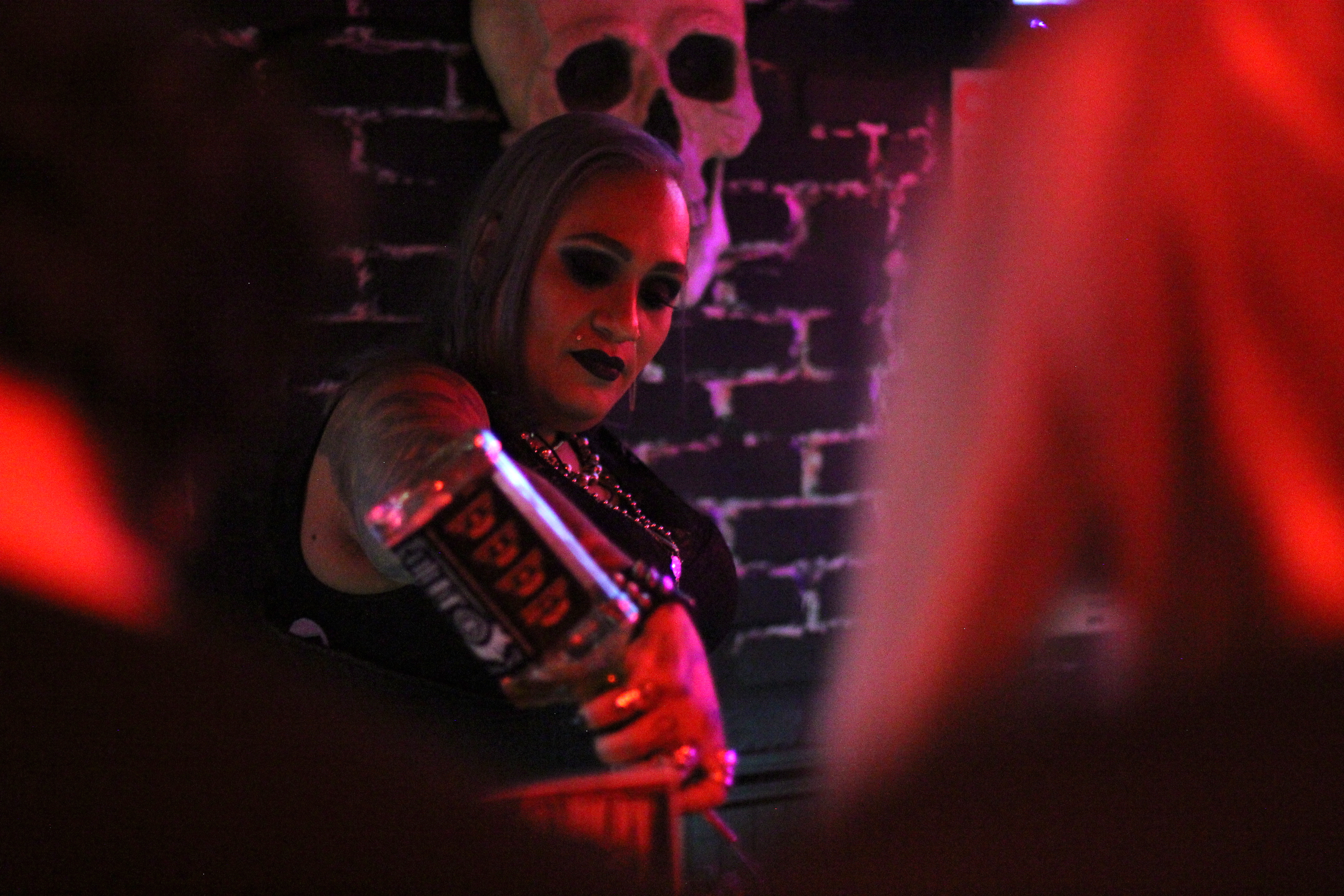
When Sasha’s family held a service for Maria a week later, all the Hard Swallow regulars who knew her came to her funeral. They helped Sasha cope in the months that followed, as she mourned and celebrated her mother’s life in the one place they had ever managed to grow close. Sasha made a habit of ordering a Corona and a shot of Bacardi, her mother’s special, and leaving it on the bar untouched. It was her way of paying tribute to Maria; a homespun offering to her mother’s memory.
Sasha and Lee had another ritual like that. For as long as they had known each other, after every shot they took, they would turn their glasses upside-down and—bang! bang!—slam them twice on the bar. They did it loud enough to make a person jump; hard enough, sometimes, to accidentally shatter a glass. They were banging to their ancestors—hammering their shot glasses against the bar so that the dead might hear the sound. So they might know Sasha and Lee were still thinking of them, still striving to make them proud.
After Maria died, Sasha and Lee slammed those glasses down harder than ever, and worked on The Hard Swallow with renewed vigor. They threw raucous parties, brought in new customers, built up a loyal roster of bartenders—did everything they could to make the bar thrive. It felt like the Swallow was on its way to becoming an East Village institution.
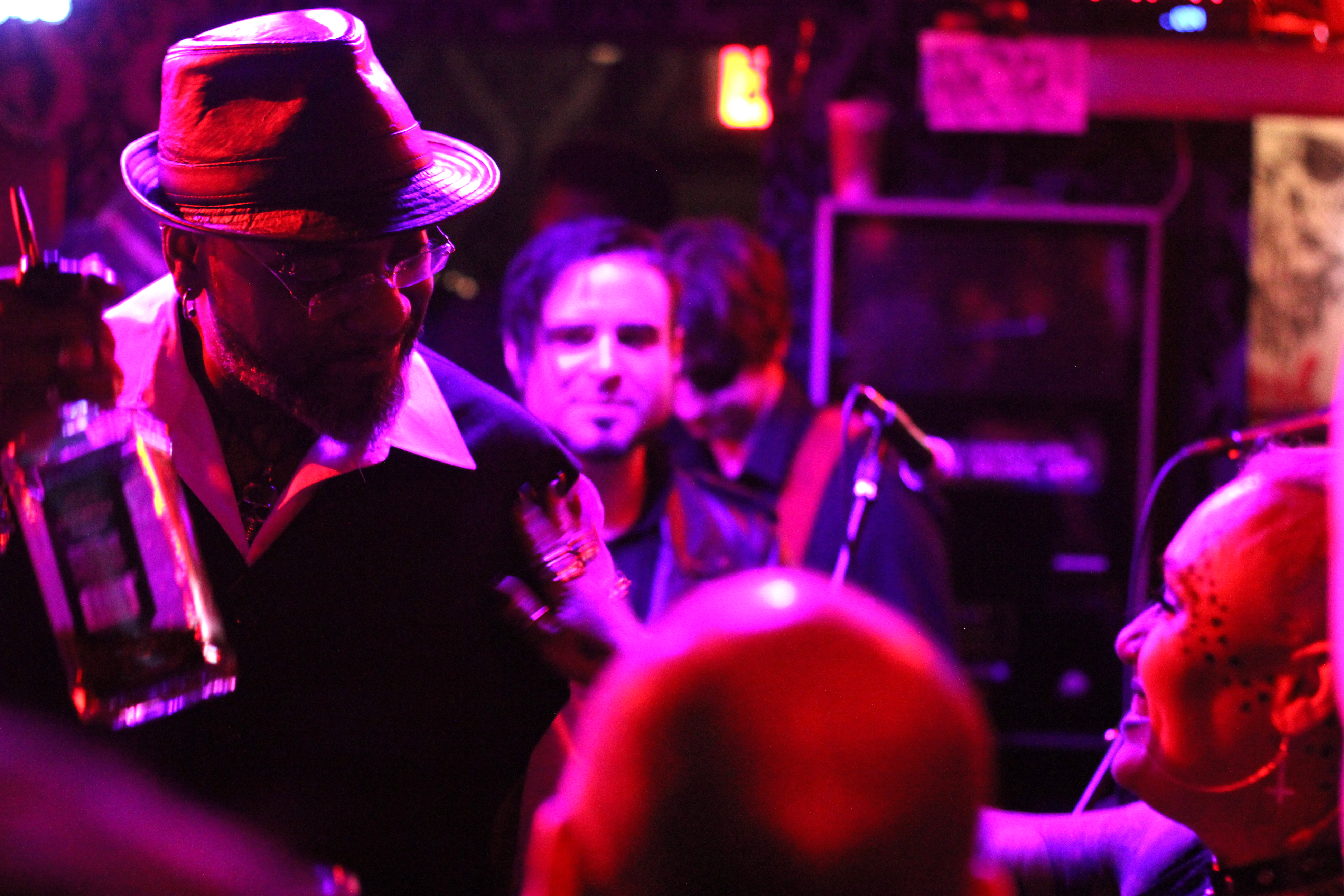
Meanwhile, Lee and Sasha were getting closer to owning it outright. They had agreed to buy the bar from Tom McNeil in installments. They paid him $3,500 a week, part of which went to rent, and part of which went toward a $150,000 price tag they had agreed on to own the bar and take over the lease.
But in early 2016, the deal went haywire.
McNeil and his business partner, Charmion Raymond, accused Lee and Sasha of failing to keep up with their weekly payments. But financial records reviewed by VICE appear to show that, from the day they first got the keys to the Swallow through the end of January 2016, Lee and Sasha never missed a payment.
The accusation kicked off a bitter, months-long dispute between them, and in November of 2016, it reached a boiling point. McNeil barged into The Hard Swallow, grabbed its liquor license, and left with it—and the next day, Raymond padlocked the doors to the bar, Lee and Sasha said.
In an interview with VICE, McNeil refused to explain why, other than to say that he and Raymond were acting on the advice of their attorneys. Though Raymond declined to comment, she argued in court that she and McNeil had never agreed to lease the bar to Lee and Sasha, and that they were merely "management employee[s]" of McNeil and Raymond's company.
Lee and Sasha sued to regain access to The Hard Swallow, and a judge ruled in their favor. They got back into the bar—but they still didn't have a liquor license. Technically, it belonged to McNeil, and he refused to give it back. Without a liquor license, they couldn’t serve drinks; without drinks, they didn’t have a bar.
Lee and Sasha scrambled to find a way to save The Hard Swallow. They went directly to the bar’s landlord, who had his own problems with McNeil. According to documents reviewed by VICE, McNeil owed him more than $40,000 in rent. Lee and Sasha said they showed the landlord copies of the rent checks they had been sending McNeil every week—and after McNeil failed to square his debts, the landlord evicted him. (McNeil acknowledged he owed back-rent, but said it was "more like $24,000." The landlord declined to comment to VICE.) With McNeil out, the bar was Sasha and Lee’s for the taking.
To open up, they still needed to get a liquor license, which would take months. They couldn’t afford to bleed rent while they waited for it—but at the same time, their landlord wasn’t going to let a property in the heart of the East Village sit empty for long. He told Sasha and Lee they had a few weeks to come up with enough money to rent it, or he would find another tenant.
Sasha and Lee needed money, and they needed it fast. They started searching for an investor. They met countless people with deep pockets who were interested in a bar on the corner of First Avenue and St. Marks, but no one who was interested in The Hard Swallow. Every investor wanted to gut the inside and start from scratch, to open something “fun” that played pop hits or a sports bar lined with TVs—the kind of places that seemed to be taking over the East Village, and were the antithesis of what The Hard Swallow was all about.
Meanwhile, the meager savings Sasha and Lee were living off had dwindled dangerously low. Lee had to pick up shifts as a bouncer to make rent. They had two children to take care of.
On May 7, 2017, they gave up. They packed everything in the bar into a U-Haul, moved out, and pronounced The Hard Swallow dead.
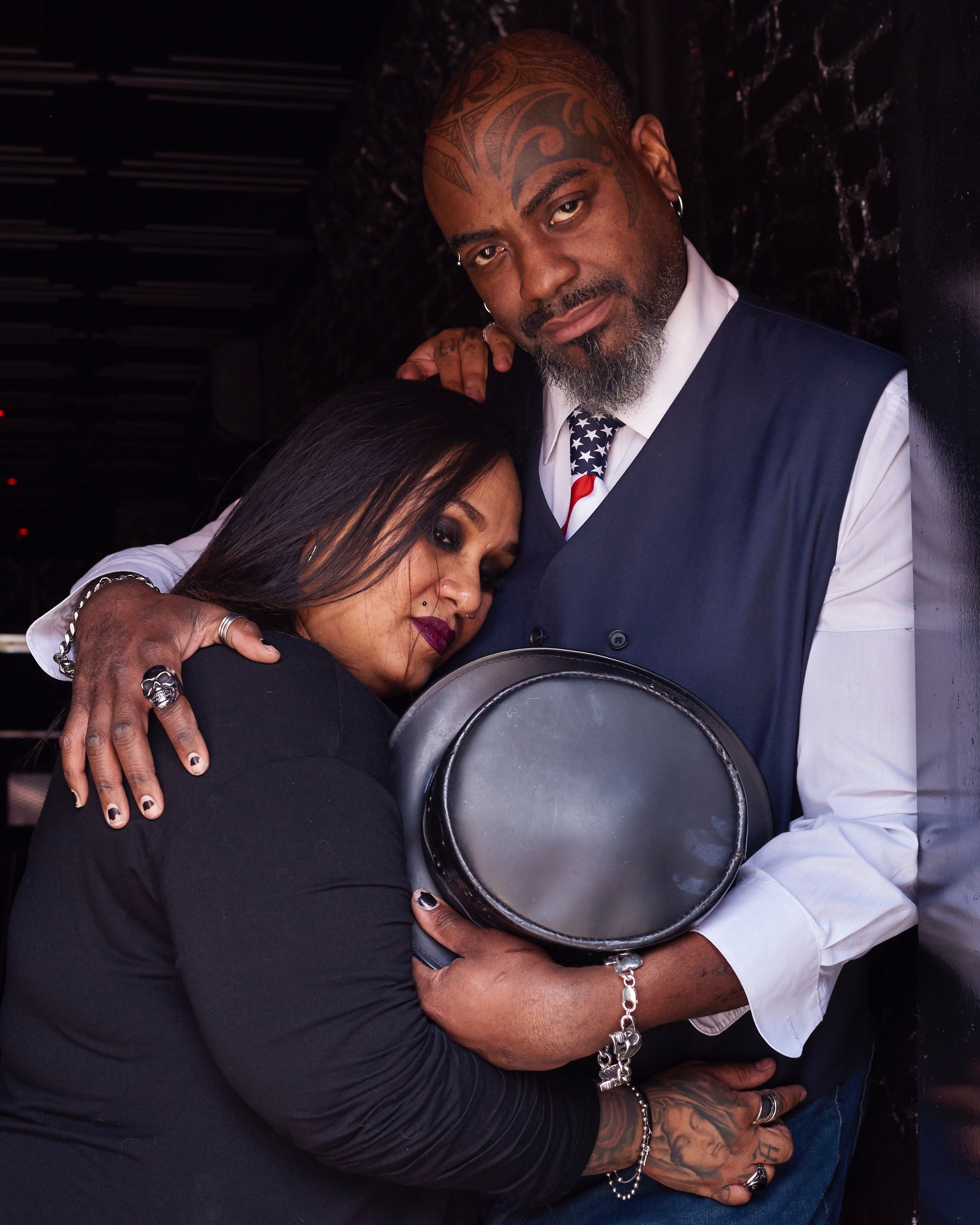
The day after The Hard Swallow closed, Sasha and Lee invited old friends from the neighborhood and all of their regulars to Lucky, a bar on Avenue B and 10th Street, to mourn. They toasted to The Hard Swallow’s memory, told stories about their favorite nights at the bar, relived its greatest parties scene by scene. The bartender poured and poured, watching as dozens of people streamed in to buy Sasha and Lee a drink. At the end of the night, he told them he was sorry to hear what happened and gave them two shots on the house. They drained them, slammed their upturned glasses twice on the bar, thanked him, and left.
A few days later, Sasha and Lee stopped by Lucky on a whim and found the same bartender perched behind the counter. He introduced himself as Mike Durgavich; Durgy for short. He told them he’d heard their story, and that he couldn’t stop thinking about it. He had spent years practicing law, he explained, and now he was trying to learn the bar business. He was toying with the idea of opening his own spot—but if they were interested, he said, maybe he could help them open theirs back up instead.
Sasha and Lee told him about their problems with the other investors they had met. If Durgy was serious, they said, he needed to let them run the bar like they always had. He had to know he was buying into an institution, a sacred place they weren’t willing to change.
The three of them spent every waking hour of the next few days trying to hash out a deal. They took Durgy to The Hard Swallow and showed him the space, emptied of the curiosities and neon signs that had given it life. “You have to use your imagination,” Sasha told him. “We kinda skinned her.”
On May 25, 2017, after a 72-hour whirlwind of legal meetings, contract negotiations, and late-night, drunken powwows, Sasha, Lee, and Durgy signed their names on a 15-year lease. The Hard Swallow was coming back.
They applied for a liquor license and got to work fixing up the bar, hiring Buddy Papaleo—a legally blind contractor covered in tattoos, who had known Sasha and Lee for years—to overhaul it. With his help, they tore up the floors and replaced them, swapped the rotted-out wooden bar with stainless steel, cut the old draft lines and installed 12 new ones, repainted the walls and papered the back room in black velvet. They plastered a silver “HARD BOOZE AND COCKTAILS” decal on the window, and hung a new sign above the door. After eleven months of grueling work, on April 28, 2018—the night of Sasha’s 37th birthday—The Hard Swallow was finally ready for its grand re-opening.
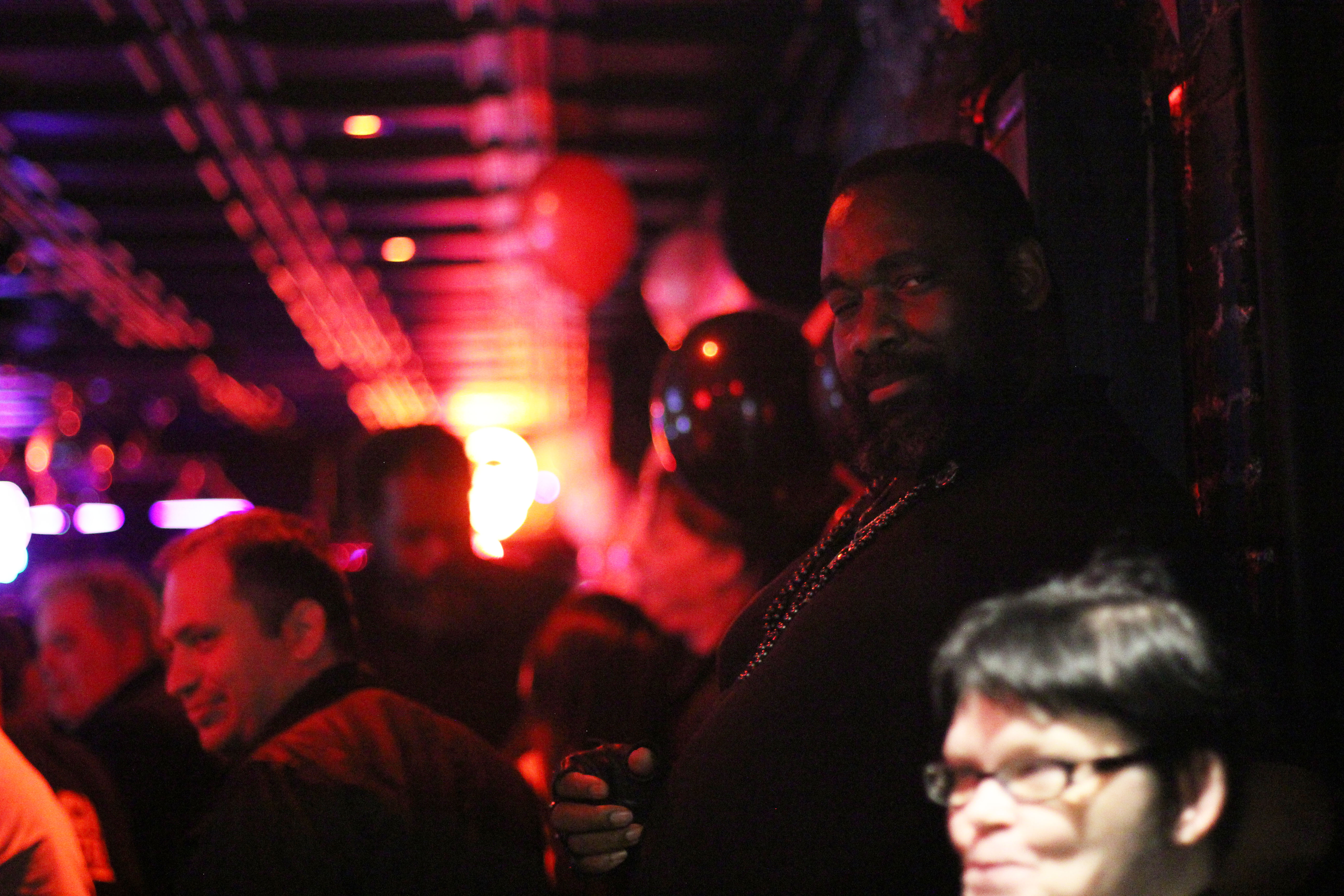
The bar had been empty for nearly a year, but that night, it was packed to capacity. Michelle Meow, a bartender in cat-eye glasses with a set of cat ears atop her frizzy red hair, cracked open tallboys of PBR and poured well liquor into shot glasses. Two young women frantically took orders on either side of her, while go-gos danced on stages at both ends of the bar. Iggy Pop’s “1969” blared from the loudspeakers.
At 8:45 pm, Sasha walked through the front door.
"Happy birthday!" someone yelled, setting off a cacophony inside. Everyone crammed into the bar descended on her, nudging past each other for a chance to greet her. Through the door behind her came all six feet, three inches, and 266 pounds of Big Lee. His eyes scanned the crowd from beneath a black leather fedora, and the heavy chain on his waist swished and clanked as he stomped along in a pair of black bovver boots. He turned to the doorman, Wolf—a 300-pound, six-foot-five, self-identified werewolf with silver claws on each knuckle and a penchant for howling and growling at random—and dapped him up.
Sasha and Lee waded through the crush of people inside the bar and slipped into the back room. They sized up the crowd, eyeing the people lined all along the bar, the go-gos by the front window, Wolf checking IDs by the door as he let in another wave of customers.
"Night crawlers haven’t even come out yet," Sasha said.
Big Lee chuckled and shook his head. "You ready?"
Sasha took a deep breath. "Alright," she said, smiling. "Let’s do it."
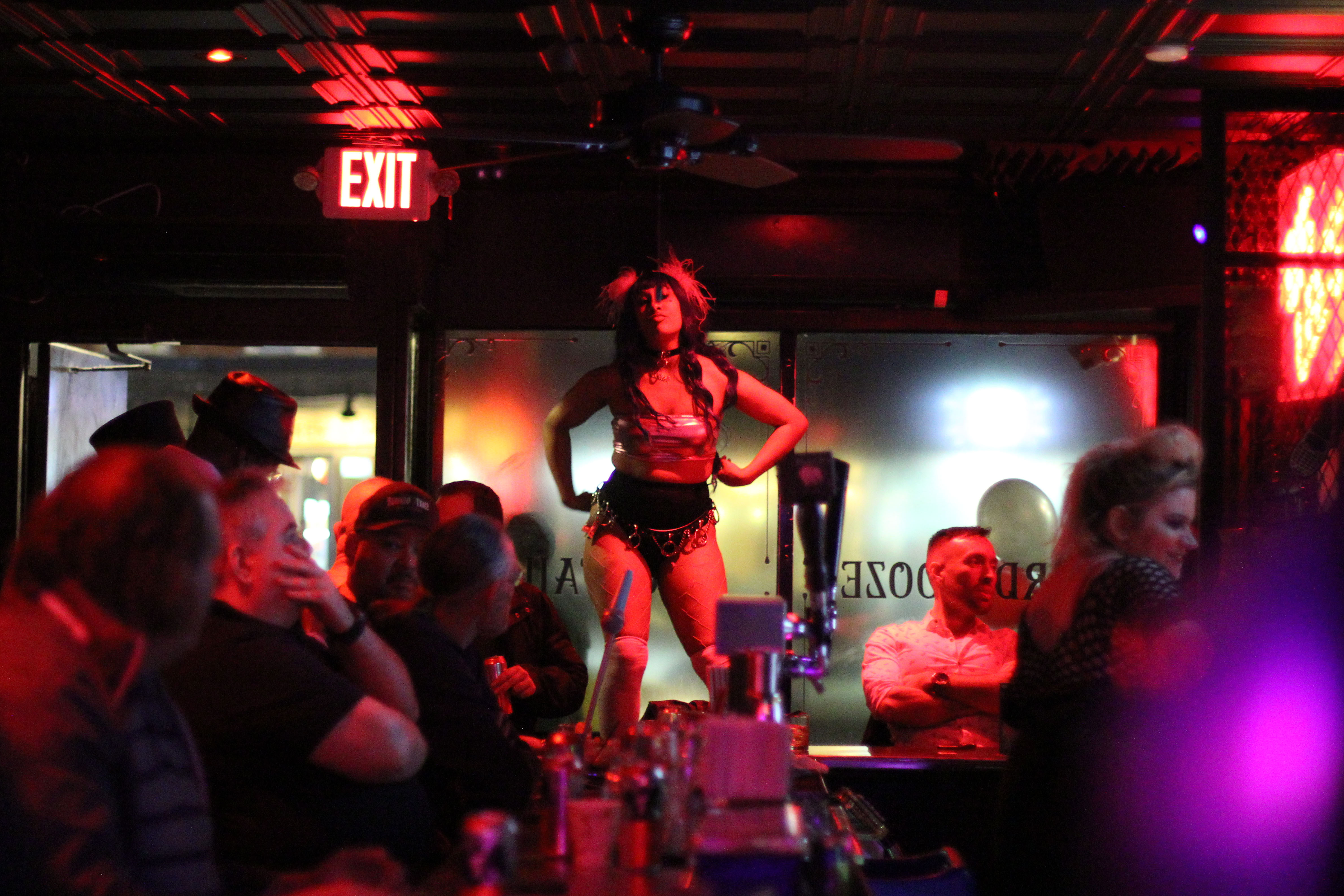
She hopped behind the bar and started taking orders, pausing every few minutes to slug down a shot with Big Lee and—bang! bang!—slam her glass twice on the bar. All the old regulars were there: Buddy the blind contractor, Father Vincent and his cabal of vampires, a half-dozen go-gos from Coyote Ugly and three others hired to dance, bikers and firemen, punks and metalheads. Bar owners from the neighborhood stopped in to congratulate Sasha and Lee and buy them a drink. Childhood friends came by with gifts for Sasha's birthday. A fire breather named Reina Terror put on a show, and the ceiling caught on fire.
A few minutes after midnight, someone called Sasha’s name and showed her the time. "Oh, shit," she said. She threw her arms above her head. "It’s my birthday, bitchesssss!"
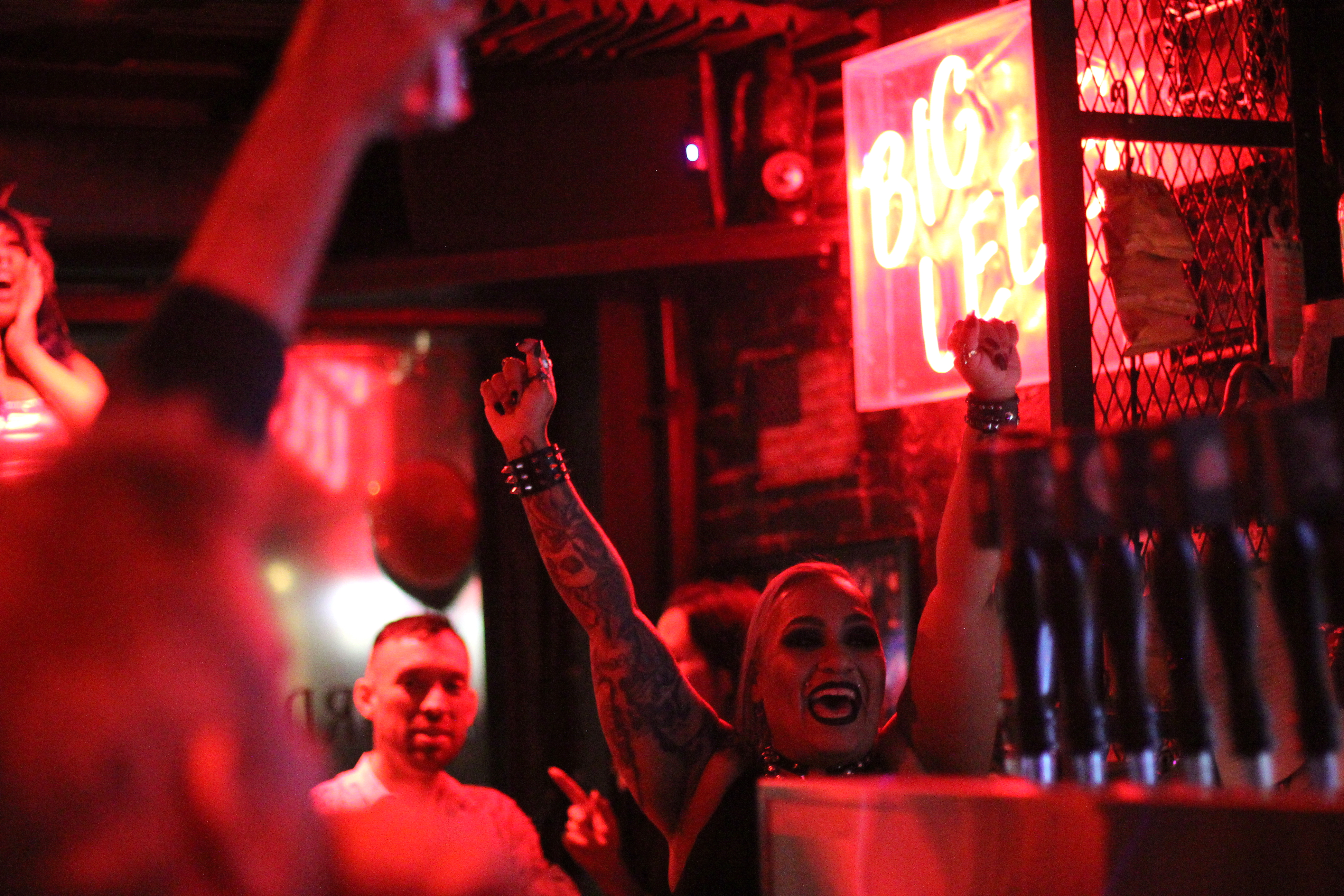
The bartenders served everyone inside free champagne. Someone carried out a three-decker birthday cake, and Reina Terror blew a fireball to light the candles. Sasha roamed the bar with a fifth of Jack Daniels in her hand and poured shots straight down her friends' gullets.
Finally, at 4 a.m., bright, white light flooded the bar from overhead. Leaning against a wall at the back of the room, Sasha beamed at the mass of people inside. She cupped her hands to her mouth. "Can I get a Hard Swallow?!" she screamed.
"HAAAARRRRDDD SWWWAAALLLLLLLLLLOOOOOW!" the crowd yelled back.
Sasha cackled. "I love you drunk motherfuckers."
Slowly, reluctantly, everyone made their way toward the door. They stopped to shake Lee's hand and kiss Sasha's cheek, a few straggling behind to bid her one, final "happy birthday." Eventually the bar emptied, and Sasha and Lee were left alone with a handful of close friends.
While the bartenders capped the bottles in the well, wiped down the bar, counted the cash in the registers, and collected glasses scattered around the room, Sasha walked over to the DJ booth. She fiddled with a few switches, and "I Will Survive"—her mother's favorite song—began to play from the speakers.
"I need a Corona," she said, "and a shot of Bacardi."
She walked to the wall by the front windows, where a black-and-white portrait of her mother hung in a silver frame. "That woman right there," she said, pointing to the picture. "Maria Torres." She placed her hand on the photograph, patted the frame. She brushed dust from her mother’s face with her thumb.
Michelle Meow put a bottle of Corona and a shot of Bacardi on the bar. Standing before the drinks, clutching the bar with both hands, Sasha lowered herself to the ground and knelt. She closed her eyes and crossed herself. Big Lee rested his heavy hand on her back. The song faded, and the room went silent. Sasha opened her eyes.
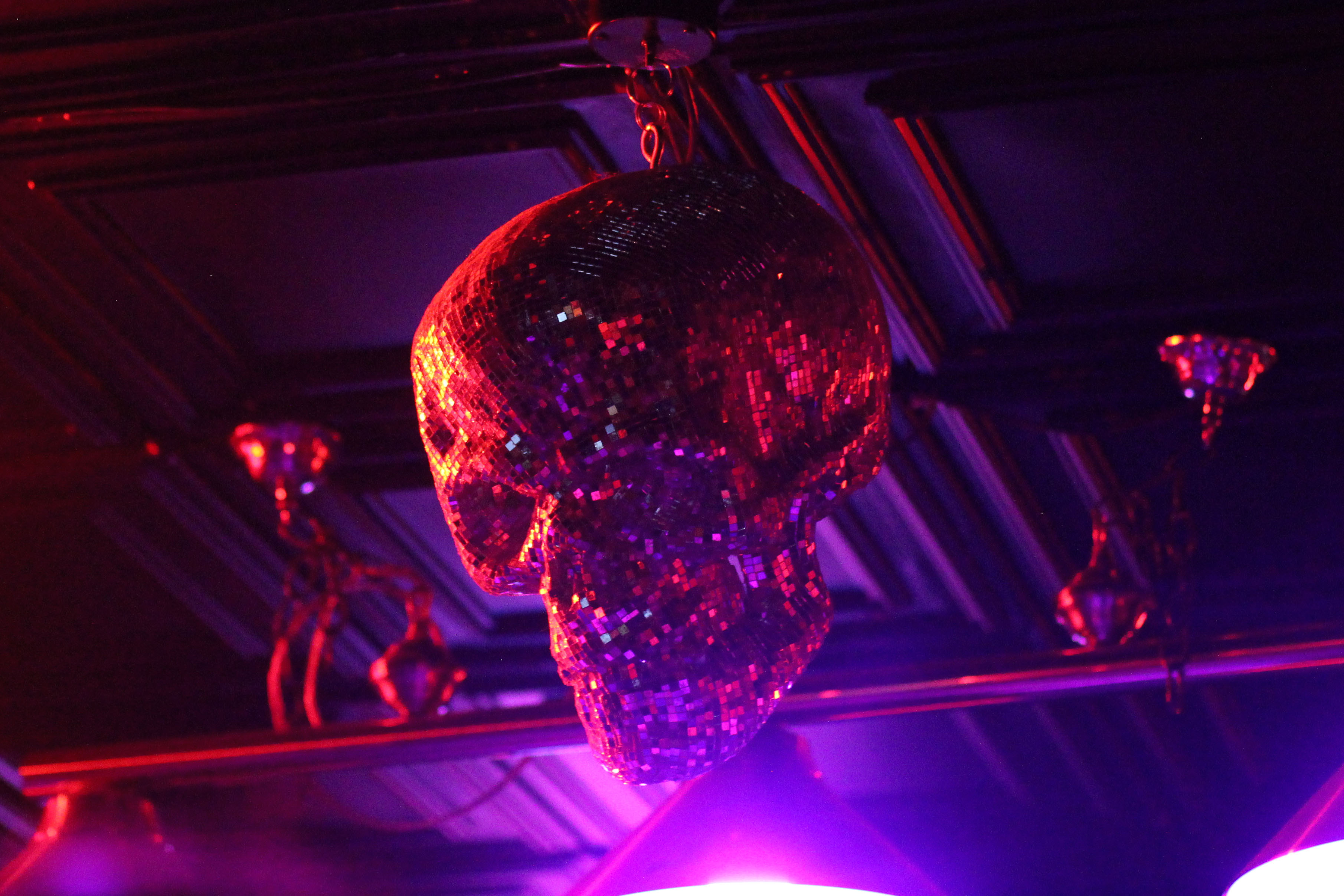
It’s been almost two years since that night, and The Hard Swallow is still in business. It fills up on the weekends, bustling with old regulars and whoever else happens to stumble in off the street. A few things have changed—a new bartender here, an unfamiliar patron there—but there’s one addition that stands above the rest. A silver, skull-shaped disco ball, which Sasha filled with her mother’s ashes, spins above the pool table, catching light, casting pinks and purples and deep reds across the bar.
Nicholas graduated from high school in June; Big Lee celebrated his birthday in September. He and Sasha still live in Maria’s apartment. She wants to move out, eventually, but for now, they’re not going anywhere.
They’re at The Hard Swallow all the time, either sitting at the bar or serving drinks behind it. You can find them there almost every day, chatting with their regulars, planning their next big party, waiting for some stranger to walk inside, take a seat, and ask them what this place is all about.
Sign up for our newsletter to get the best of VICE delivered to your inbox daily.
Follow Drew Schwartz on Twitter.
This article originally appeared on VICE US.